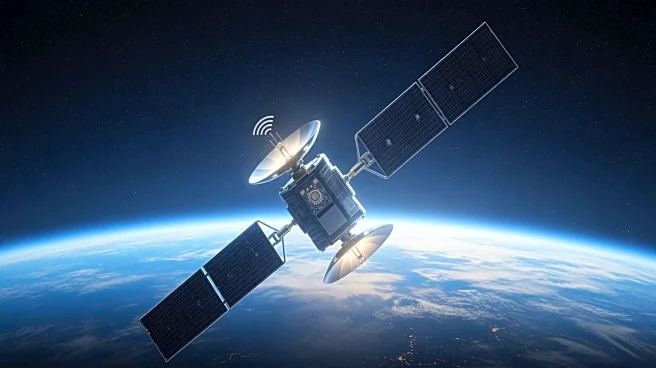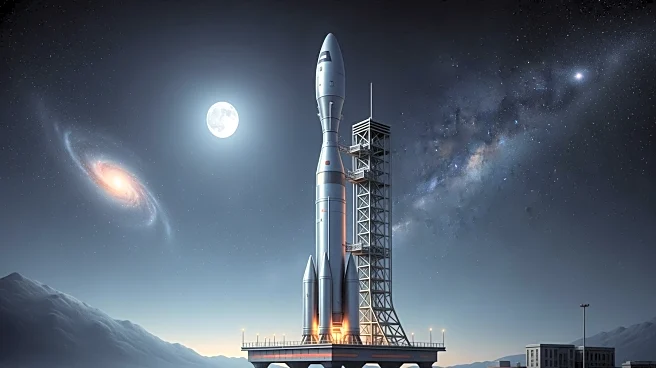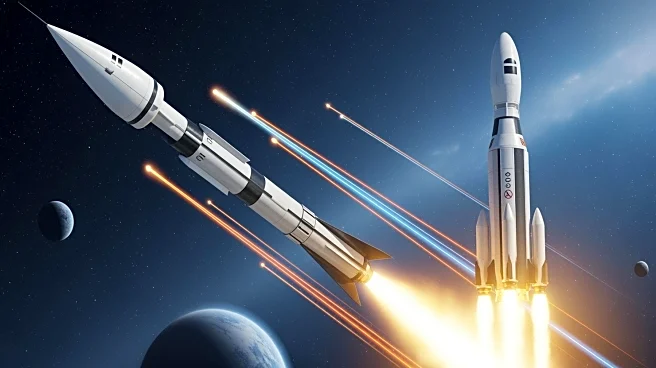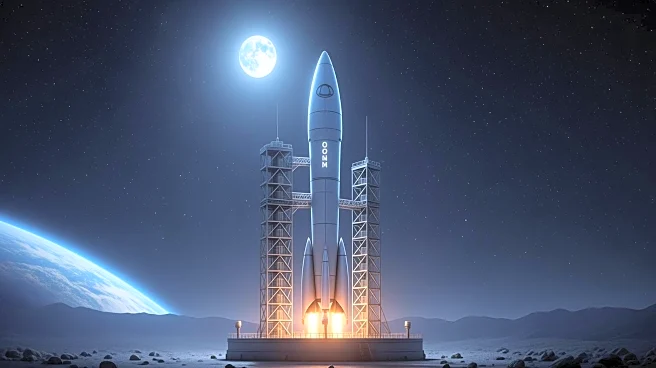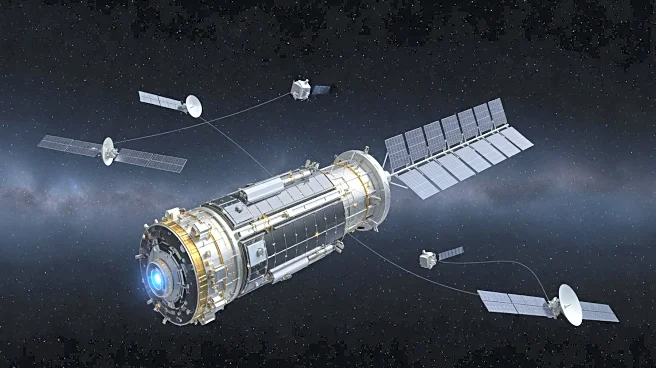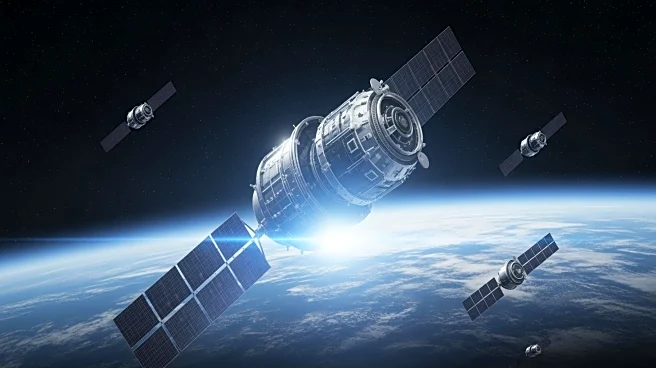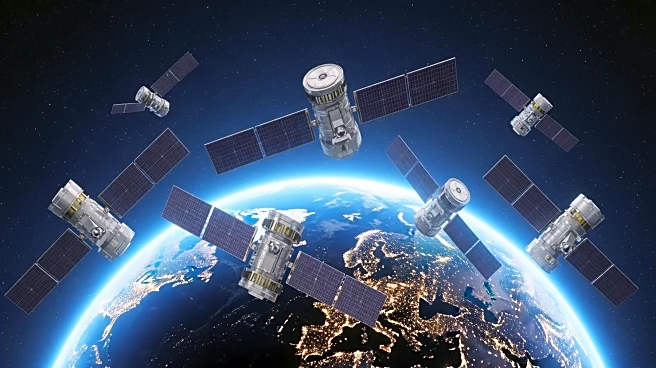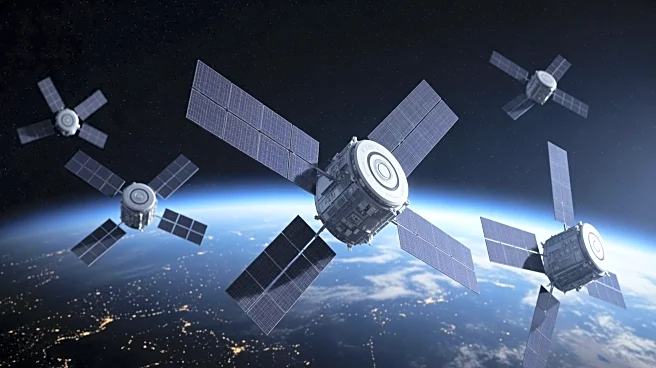What's Happening?
SpaceX successfully launched a Falcon 9 rocket carrying 29 Starlink satellites from NASA's Kennedy Space Center in Florida on November 9, 2025. The launch occurred at 3:10 a.m. EST, marking another step
in SpaceX's efforts to expand its Starlink broadband satellite network. The rocket's first stage, designated as Booster 1069, completed its 28th flight and landed on the SpaceX drone ship 'A Shortfall of Gravitas' in the Atlantic Ocean approximately 8.5 minutes after liftoff. This launch contributes to the growing Starlink megaconstellation, which now includes over 8,800 operational satellites. SpaceX has conducted 143 Falcon 9 missions in 2025, with 103 dedicated to Starlink deployments.
Why It's Important?
The expansion of the Starlink satellite network is significant for global internet connectivity, particularly in remote and underserved areas. By increasing the number of operational satellites, SpaceX aims to enhance broadband access worldwide, potentially reducing the digital divide. This development is crucial for industries relying on internet connectivity, such as telecommunications and remote work sectors. Additionally, the successful reuse of rocket boosters demonstrates SpaceX's commitment to cost-effective and sustainable space exploration, which could influence future space missions and commercial satellite launches.
What's Next?
SpaceX is expected to continue its aggressive launch schedule to further expand the Starlink network. Future launches will likely focus on increasing satellite coverage and improving internet service quality. As the network grows, regulatory and competitive challenges may arise, particularly concerning space traffic management and market competition with other satellite internet providers. Stakeholders, including government agencies and telecommunications companies, will be closely monitoring these developments to assess their impact on global internet infrastructure.
Beyond the Headlines
The rapid deployment of Starlink satellites raises questions about space debris and long-term sustainability of satellite constellations. As the number of satellites in orbit increases, the risk of collisions and space debris becomes a pressing concern. SpaceX and other companies must address these issues to ensure safe and sustainable space operations. Additionally, the expansion of satellite internet services could have cultural implications, potentially altering communication patterns and access to information in remote regions.
